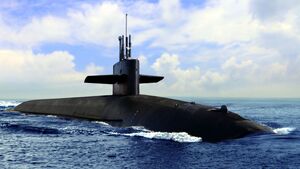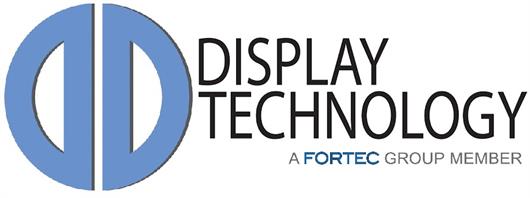 Add My Company
Add My Company

The modern maritime environment is a complex theater where naval forces must maintain constant vigilance to safeguard their assets, ensure national security, and respond to dynamic threats. Key to this vigilance are advanced radar and sensor systems that provide real-time situational awareness. Behind the scenes of these systems are crucial components that often go unnoticed but play an indispensable role: TFT (Thin-Film Transistor) displays and embedded technology.
The Maritime Challenge: Unpredictable and Unforgiving
Operating at sea presents a unique set of challenges. From the corrosive effects of saltwater to the tumultuous motion of the waves, naval vessels and their onboard equipment are exposed to a harsh and unpredictable environment. To thrive in such conditions, radar and sensor systems require components that are not only robust but also highly capable. TFT displays and embedded technology fit the bill, and here's why:
The TFT Display: A Window to the Maritime World
TFT displays are the eyes and interface of radar and sensor systems in naval operations. Their role is pivotal in presenting the wealth of information generated by these systems to operators and decision-makers. To meet the demands of maritime environments, TFT displays must embody several key attributes:
-
Durability: Saltwater, humidity, and physical vibrations are constants at sea. TFT displays need to be ruggedised and sealed against moisture, ensuring they can withstand the corrosive effects of the ocean and maintain their functionality.
-
Visibility: Clear visibility is paramount. High brightness and contrast ensure that data displayed on TFT screens remains discernible even under harsh sunlight or low-light conditions, which are typical at sea during night operations.
-
Wide Viewing Angles: On naval vessels, multiple operators may need to view the same display simultaneously from different angles on the bridge or operations center. TFT displays should offer wide viewing angles to accommodate this requirement.
-
Customisation: Every mission is unique. TFT displays must be configurable to allow operators to tailor the layout and content to the specific needs of the mission.
-
Touchscreen Capability: Touchscreen functionality enhances user interaction and streamlines the operator's ability to interact with the system intuitively.
Embedded Technology: The Brains Behind the Operation
While TFT displays provide the visual interface, embedded technology serves as the brains of radar and sensor systems. Here's what embedded technology brings to the maritime table:
-
Processing Power: The high volume of data generated by radar and sensor systems requires powerful processors capable of real-time data processing. Multi-core processors are often employed to handle parallel processing tasks effectively.
-
Real-time Performance: The maritime domain is fast-paced and unpredictable. Radar and sensor data must be processed in real-time to provide operators with timely and actionable information.
-
Redundancy: Continuous operation is non-negotiable. Embedded systems must incorporate redundancy and fail-safe mechanisms to ensure uninterrupted functionality, even in the event of component failures.
-
Low Latency: In dynamic maritime scenarios, low-latency data processing and communication are vital for rapid decision-making and response.
-
Security: In an era of cyber threats, robust security measures, including encryption and authentication protocols, are essential to protect radar and sensor systems from unauthorised access and cyberattacks.
The Seamless Integration of Components
TFT displays and embedded technology may be distinct components, but their synergy is what ensures the smooth operation of radar and sensor systems at sea. These components must be designed with maritime conditions in mind, capable of withstanding temperature variations, humidity, and the rigors of a naval environment.
Moreover, they must seamlessly integrate with other shipboard systems, such as combat management systems, navigation equipment, and communication networks. This integration ensures that the naval vessel operates as a unified and effective entity.
Contact us today, to see how we can help you with your next project.
For more information on Navigating the Waves of Naval Technology: TFT Displays and Embedded Systems in Maritime Radar and Sensors talk to Display Technology Ltd

